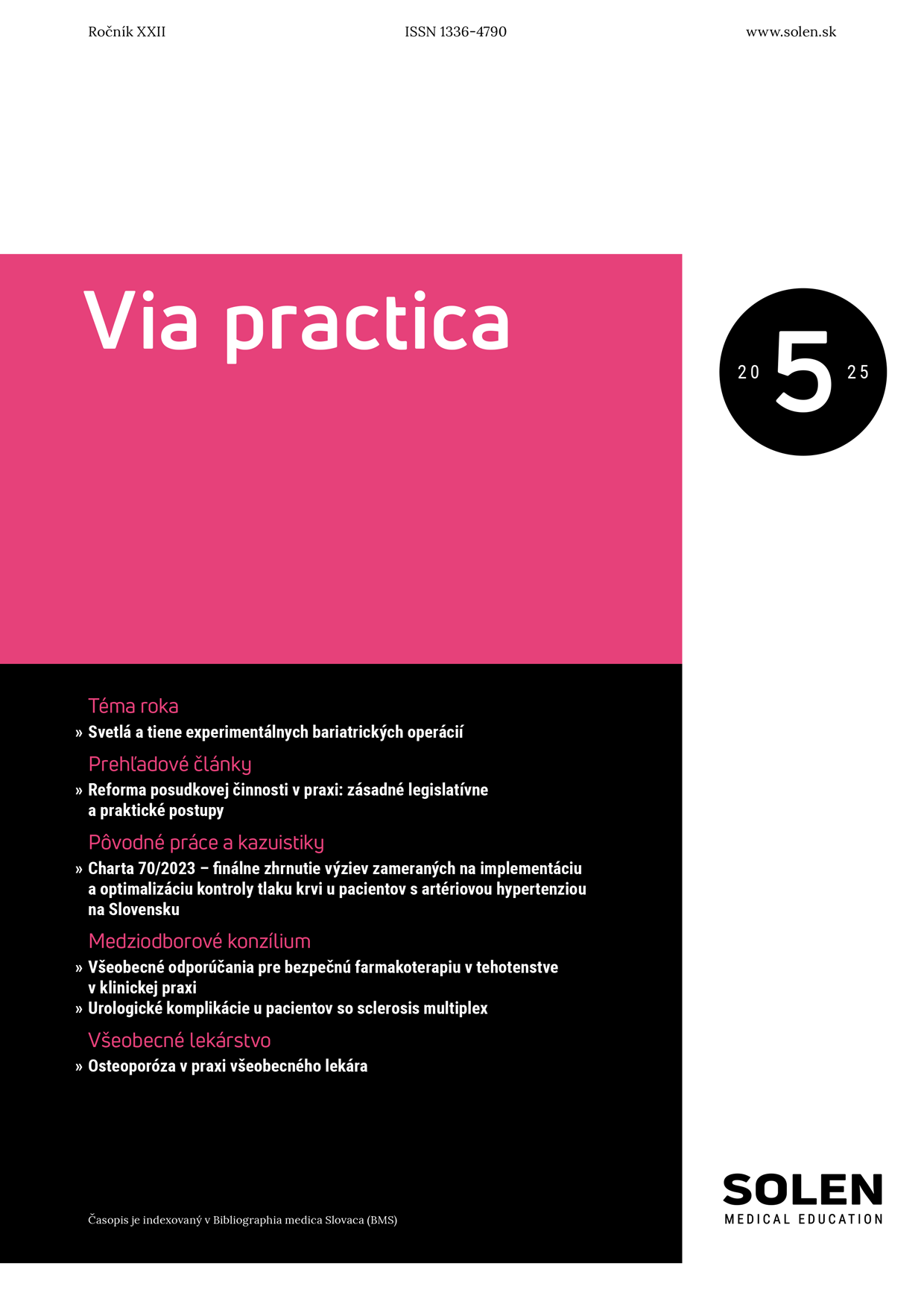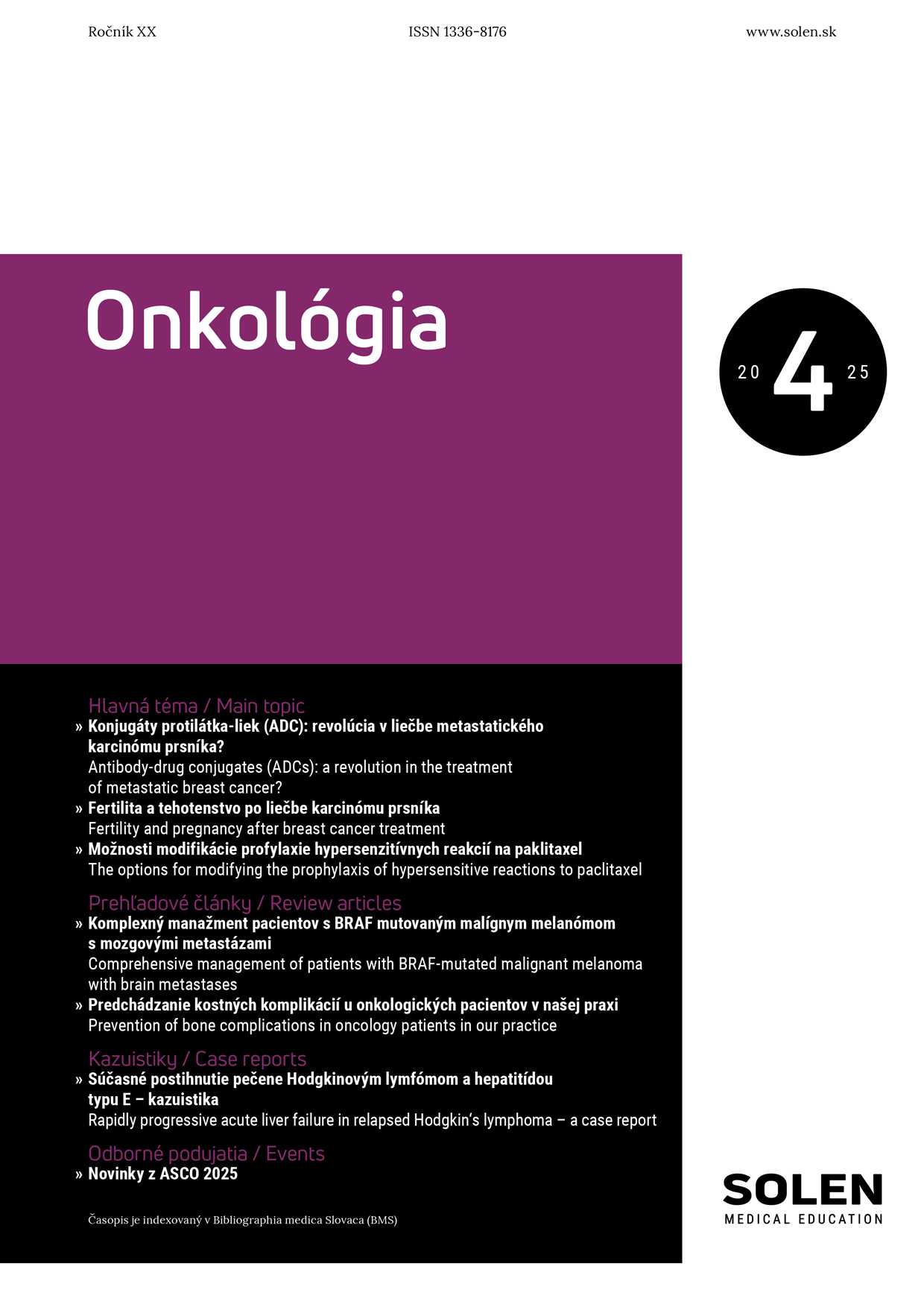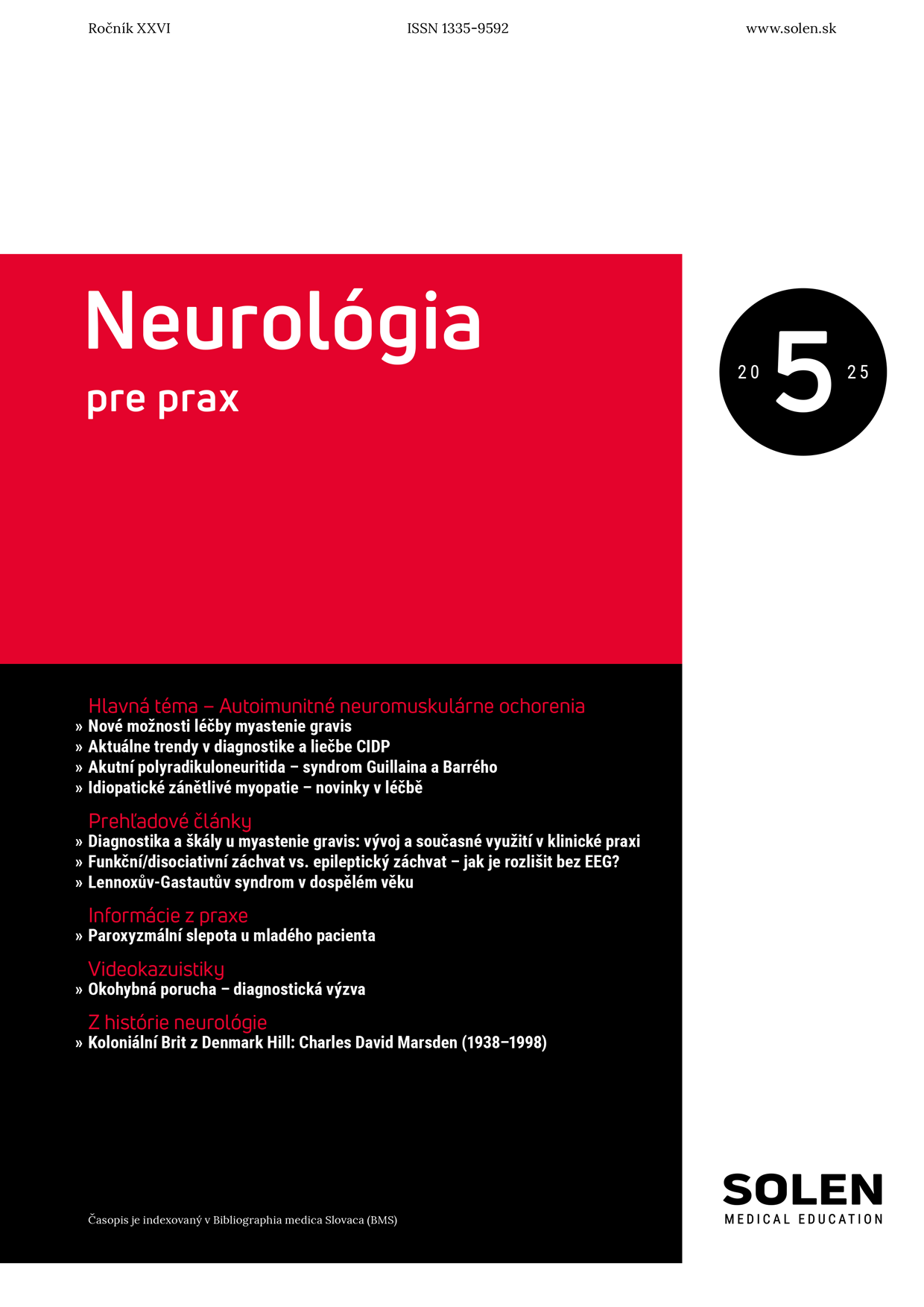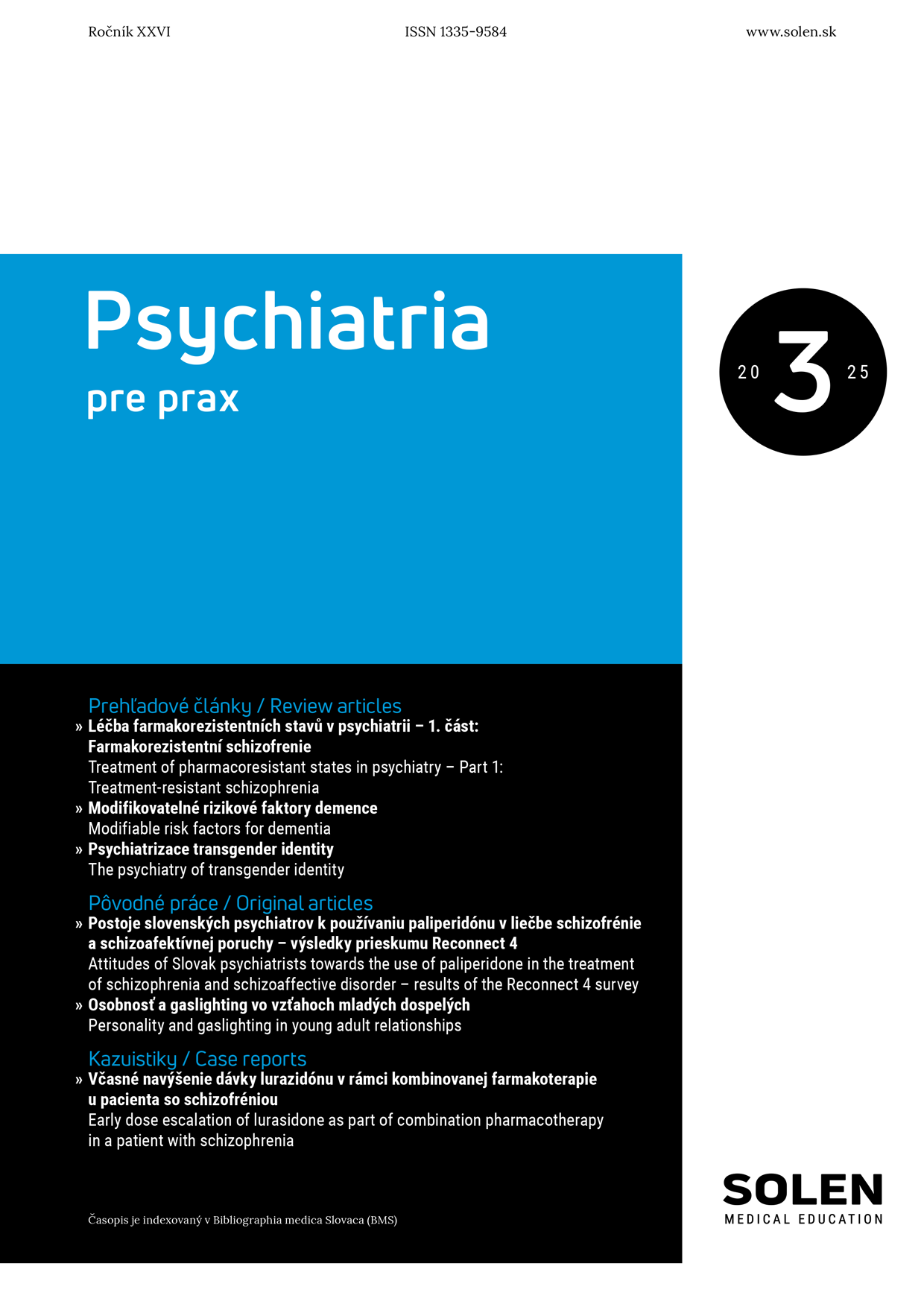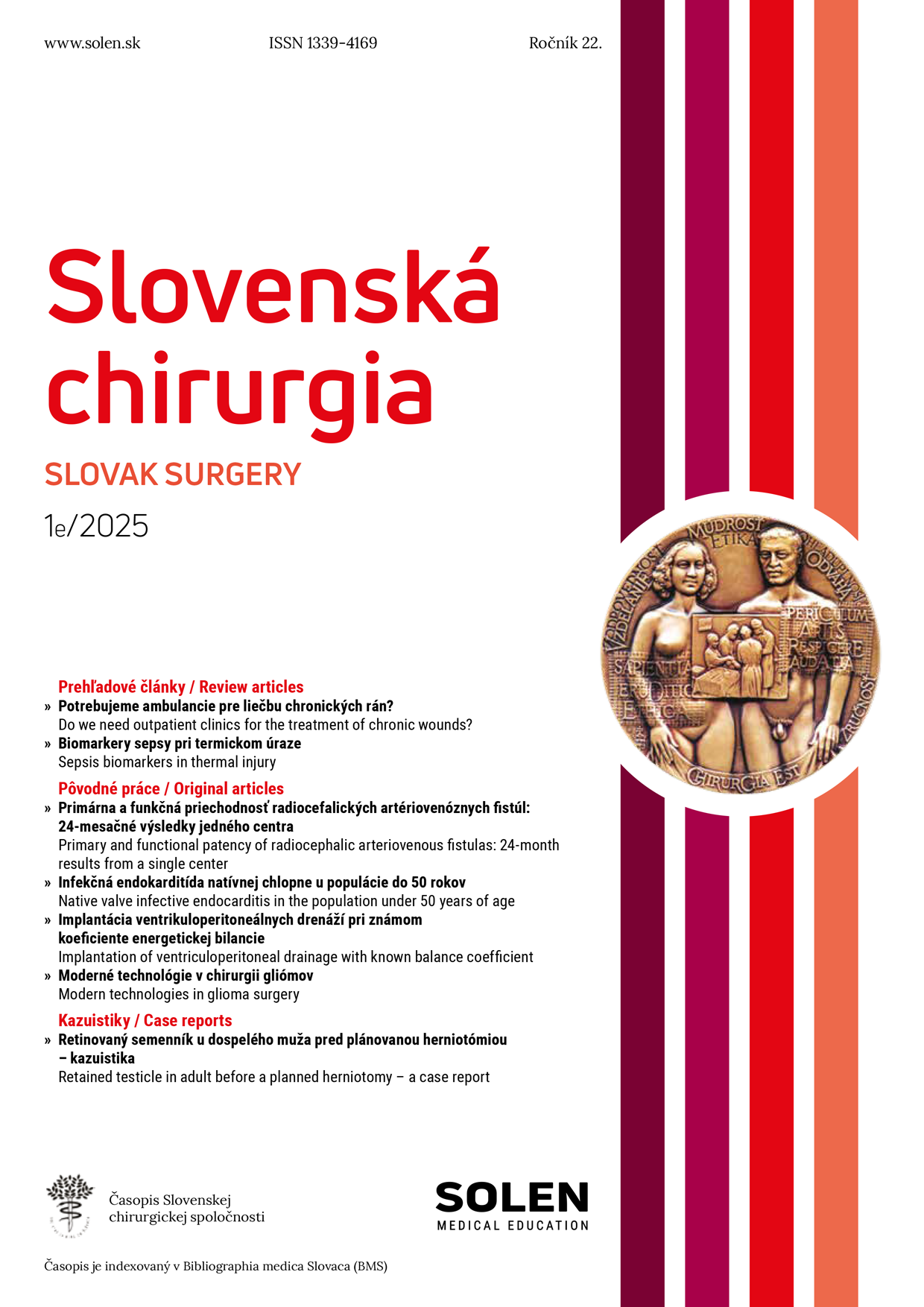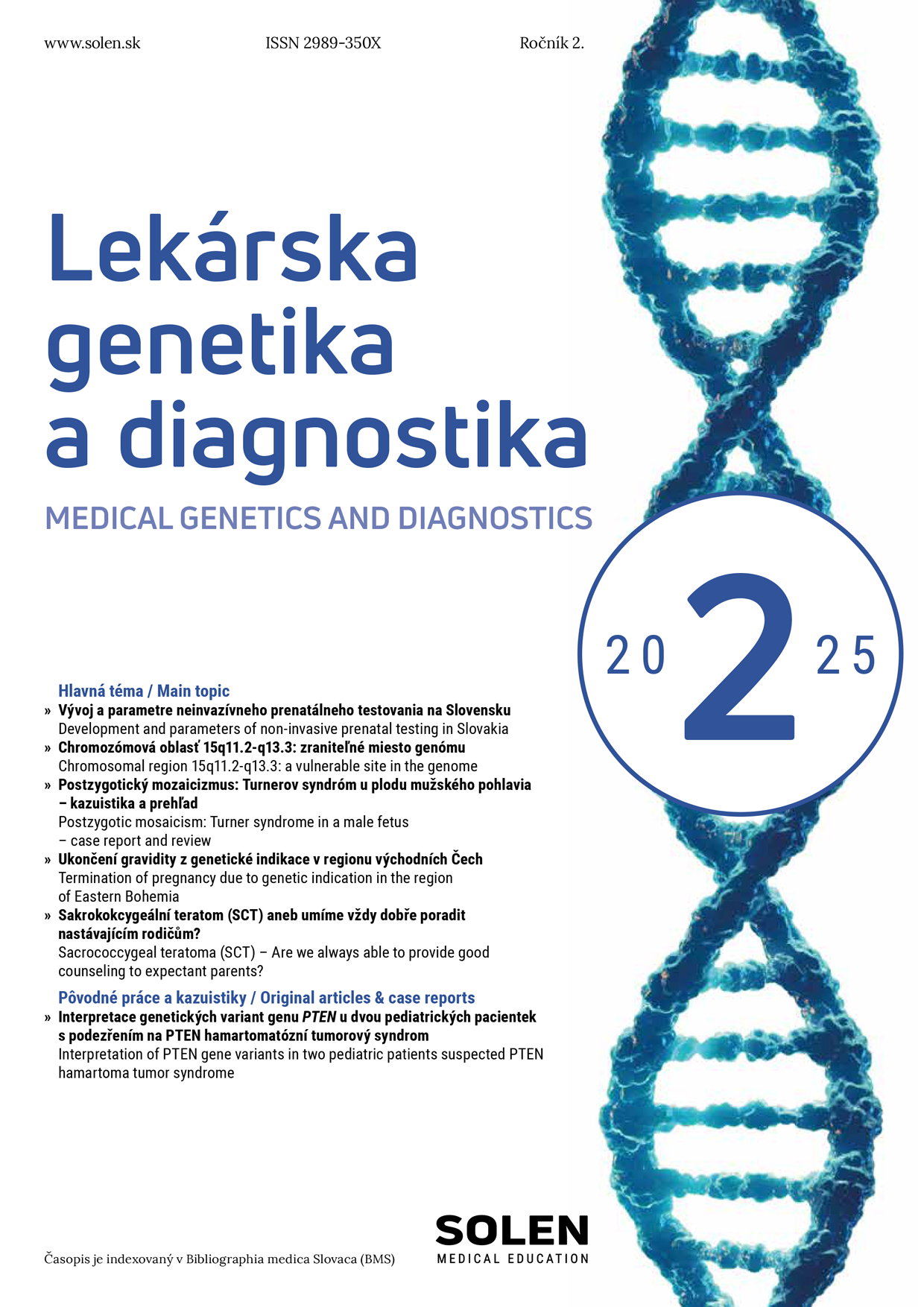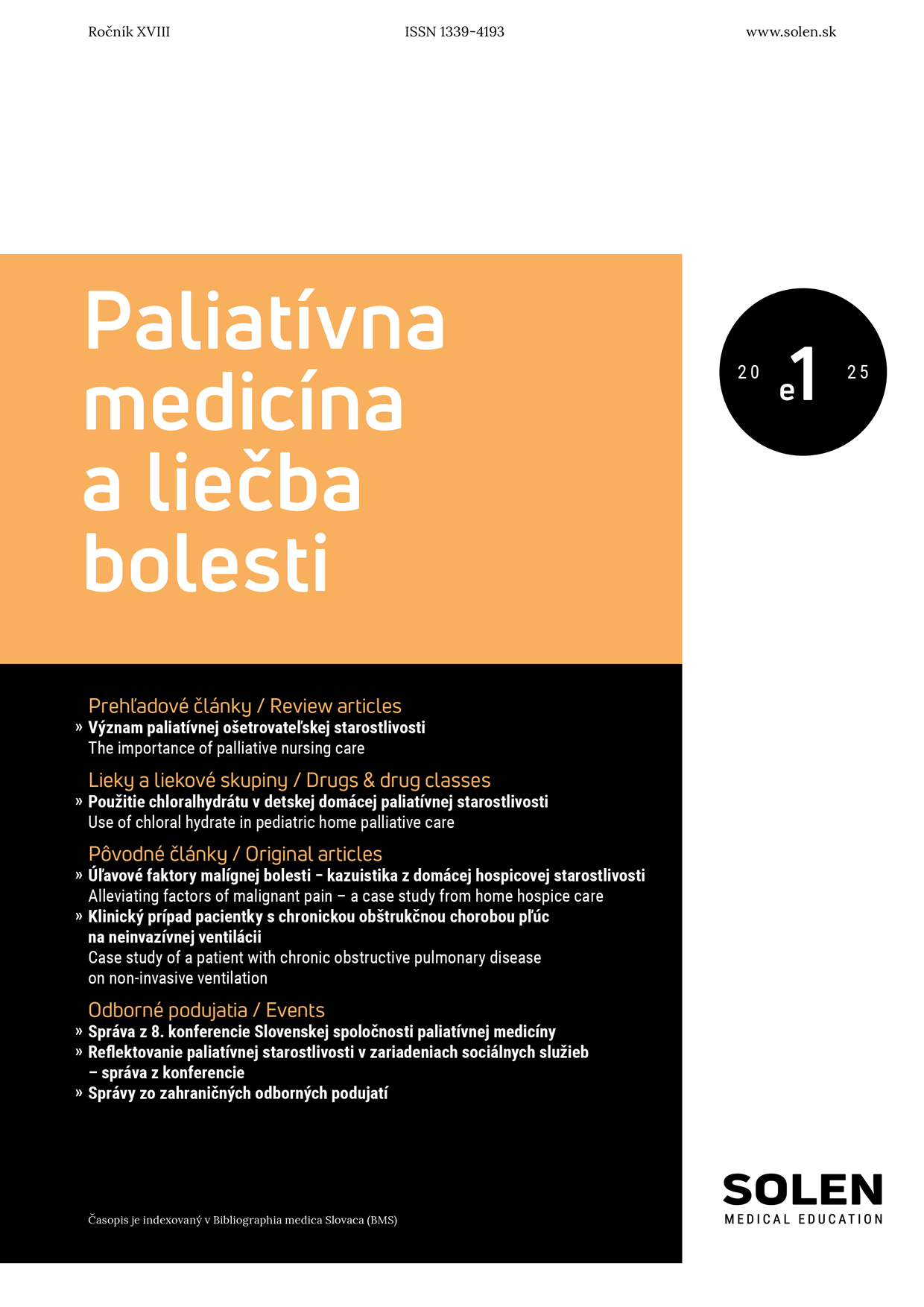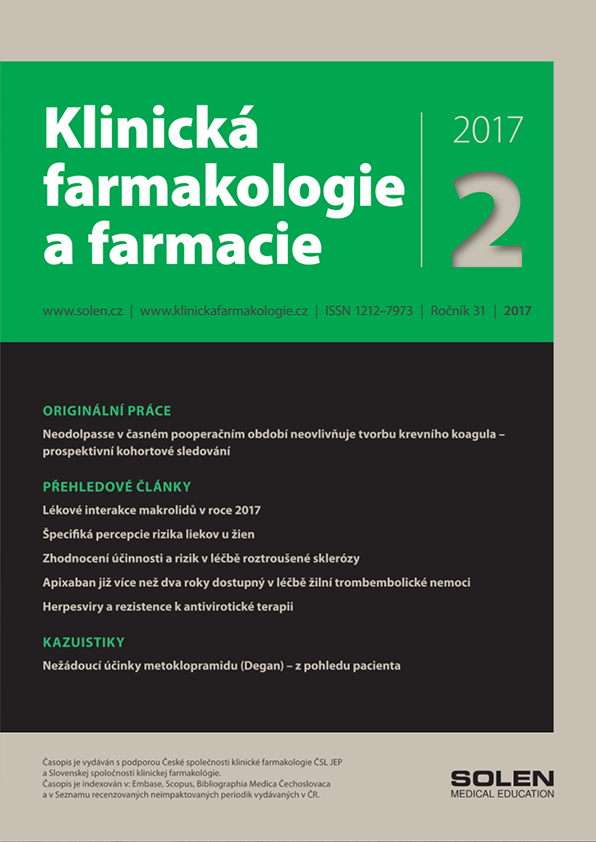Psychiatria pre prax 3/2024
ADHD ve spektru neurovývojových poruch: kazuistika kombinovaného deficitu s komorbiditami
ADHD tvoří součást spektra neurovývojových poruch, stejně jako např. Aspergerův syndrom, a jako každá z nich je definována poruchou růstu a zrání neuronů vedoucí ke strukturálním i funkčním odchylkám centrálního nervového systému. Pokusy o systematičtější definici biomarkerů těchto odchylek souvisí se snahou najít souvislost s funkčními charakteristikami této skupiny diagnóz. Postupující možnosti vyšetření vycházejí především z magnetické rezonance a od volumometrie se přesouvají k pokusu stanovit strukturální odchylky v bílé hmotě mozkové. Tak jako u neurovývojových poruch existují překrývající se oblasti v aspektech struktury bílé hmoty a genomových odchylek, tak u nich existuje i paralela v překrývání se klinických projevů. Všechny neurovývojové poruchy sdílí obecně kognitivní narušení, jehož profil je do jisté míry charakteristický pro konkrétní diagnózu, ale současně bývá jeho podoba u každého jednotlivého pacienta velmi individuální, většinou složená z více typů deficitu různě do sebe zapadajících. Odlišení jednotlivých aspektů kognice je možné při podrobném psychodiagnostickém vyšetření. Kazuistika 33leté pacientky tak nabízí pohled na neurovývojové poruchy jako na kontinuum, nikoliv jako na přísně oddělené nozologické jednotky. V terapii každého individuálního pacienta je výhodné namísto fixace na diagnostickou entitu raději vybrat jednotlivé příznaky, u kterých předpokládáme možnost farmakologického ovlivnění. V případě složeného deficitu s komorbiditami se nevyhneme polyfarmakoterapii, pokud možno co nejšetrnější.
Kľúčové slová: neurovývojové poruchy, ADHD, Aspergerův syndrom, kognitivně-exekutivní narušení, difuse tensor imaging, frakční anizotropie
ADHD in the spectrum of neurodevelopmental disorders: a case report of a combined deficit with comorbidities
ADHD, as well as Asperger syndrome belong to the spectrum of neurodevelopmental disorders. Like each of them, it is defined among others by impaired growth and maturation of neurons leading to structural and functional abnormalities of the central nervous system. Attempts to a more systematic definition of their biomarkers are related to the effort to find a connection with the functional characteristics of this group of disorders. The progress of brain imaging methods offered by magnetic resonance has evolved from mere volumetry to determination of the structural abnormalities, herein focused at the white matter. As in all neurodevelopmental disorders overlapping areas exist in findings of white matter structure and in genomic findings, as well as an existing parallel in overlap of clinical manifestations. All neurodevelopmental disorders in general share a cognitive impairment the profile of which being characteristic for a particular diagnostic unit to some extent. However, its form in each individual patient is at the same time unique, being mostly composed of several types of deficits. The differentiation of individual aspects of cognition can be found in a detailed neurocognitive examination. The case report describing a 33-year-old patient thus offers a view of a neurodevelopmental continuum, not being strictly separated in diagnostic units. In each patient, instead of being fixed to diagnostic units it is advisable to focus on individual symptoms where we expect the possible benefit of pharmacotherapy. In case of a multiple deficit with comorbidities, we cannot avoid polypharmacotherapy, though as considerate as possible.
Keywords: neurodevelopmental disorders, ADHD, Asperger syndrome, cognitive impairment, executive functions impairment, Difuse Tensor Imaging, fraction anisotropy



